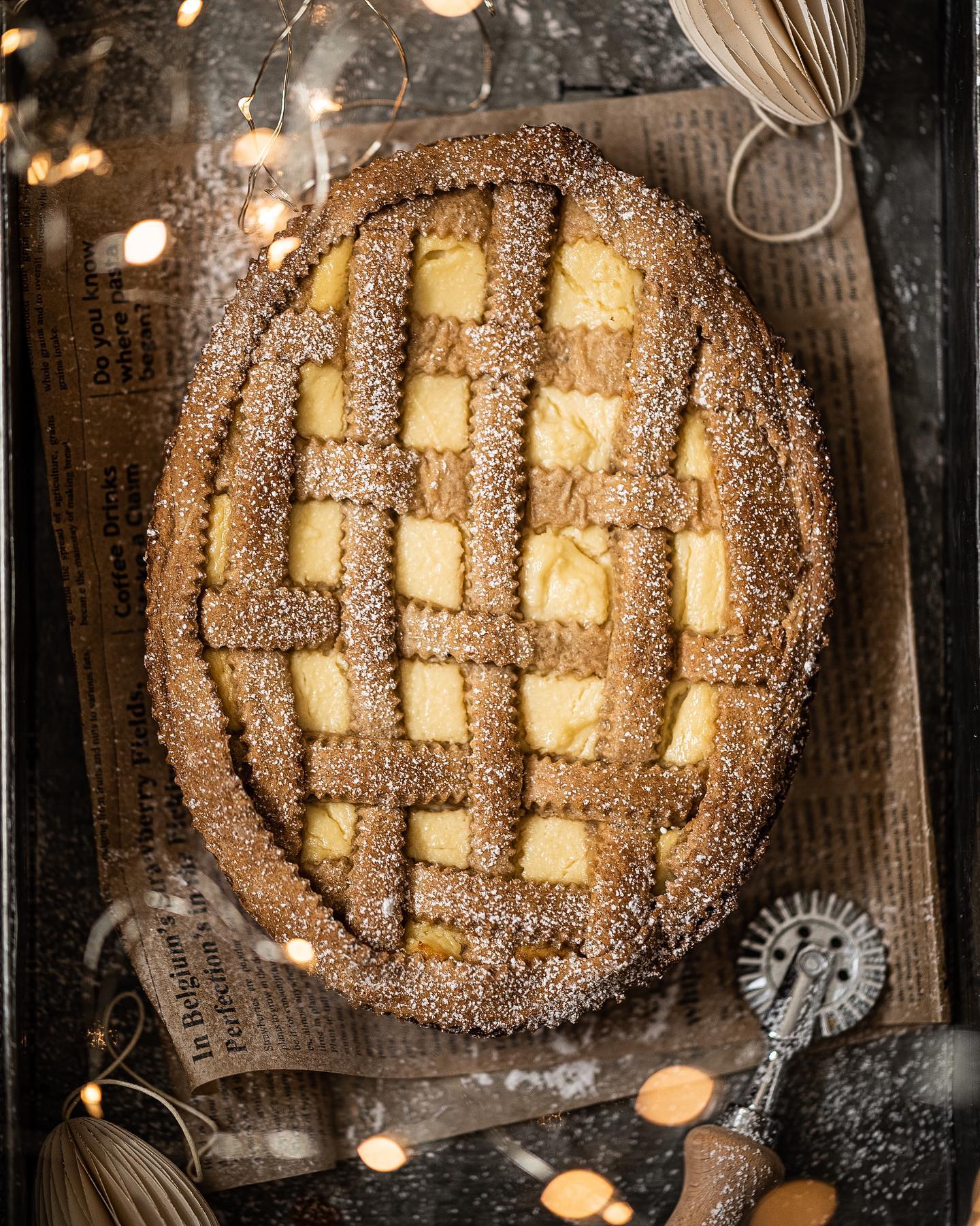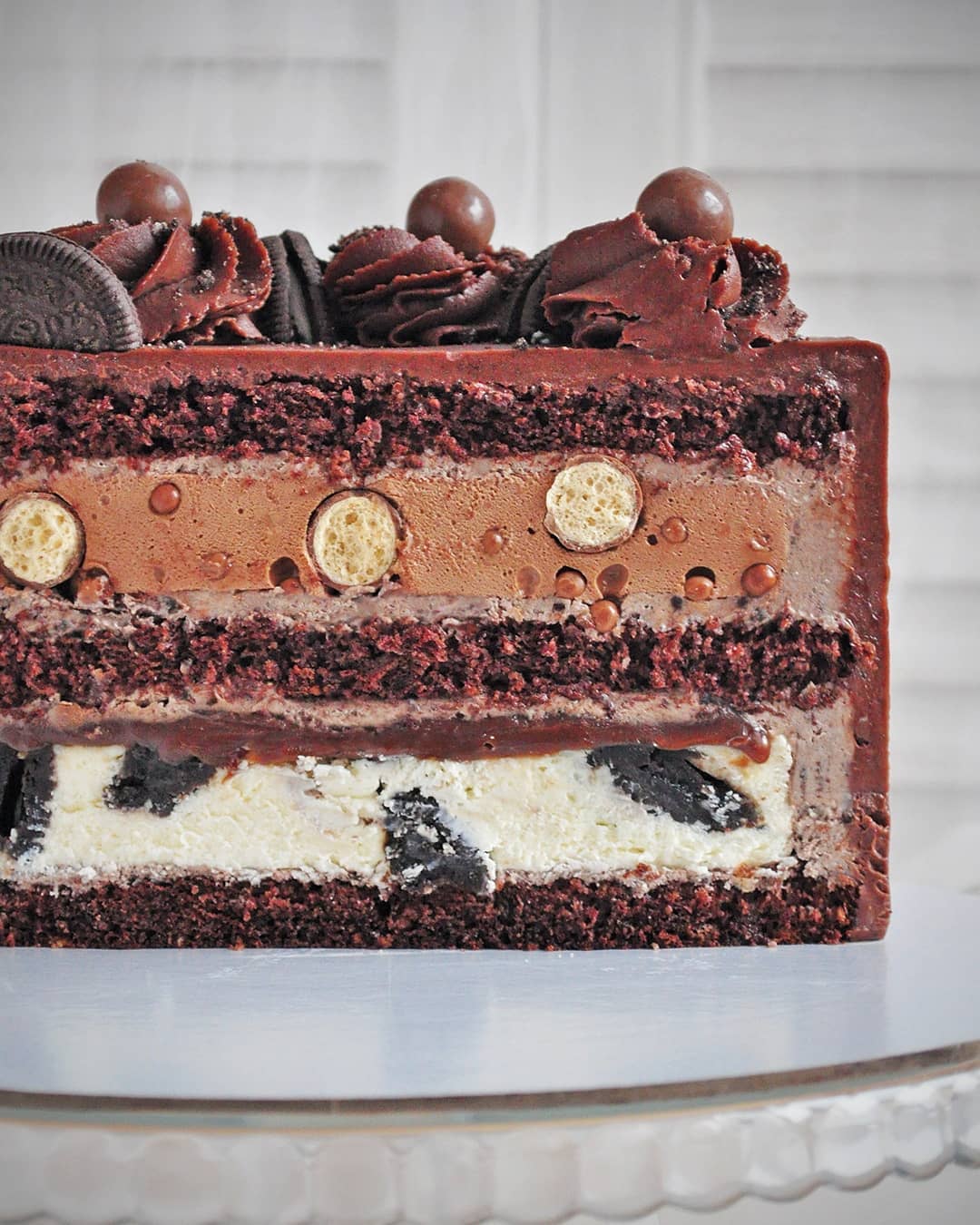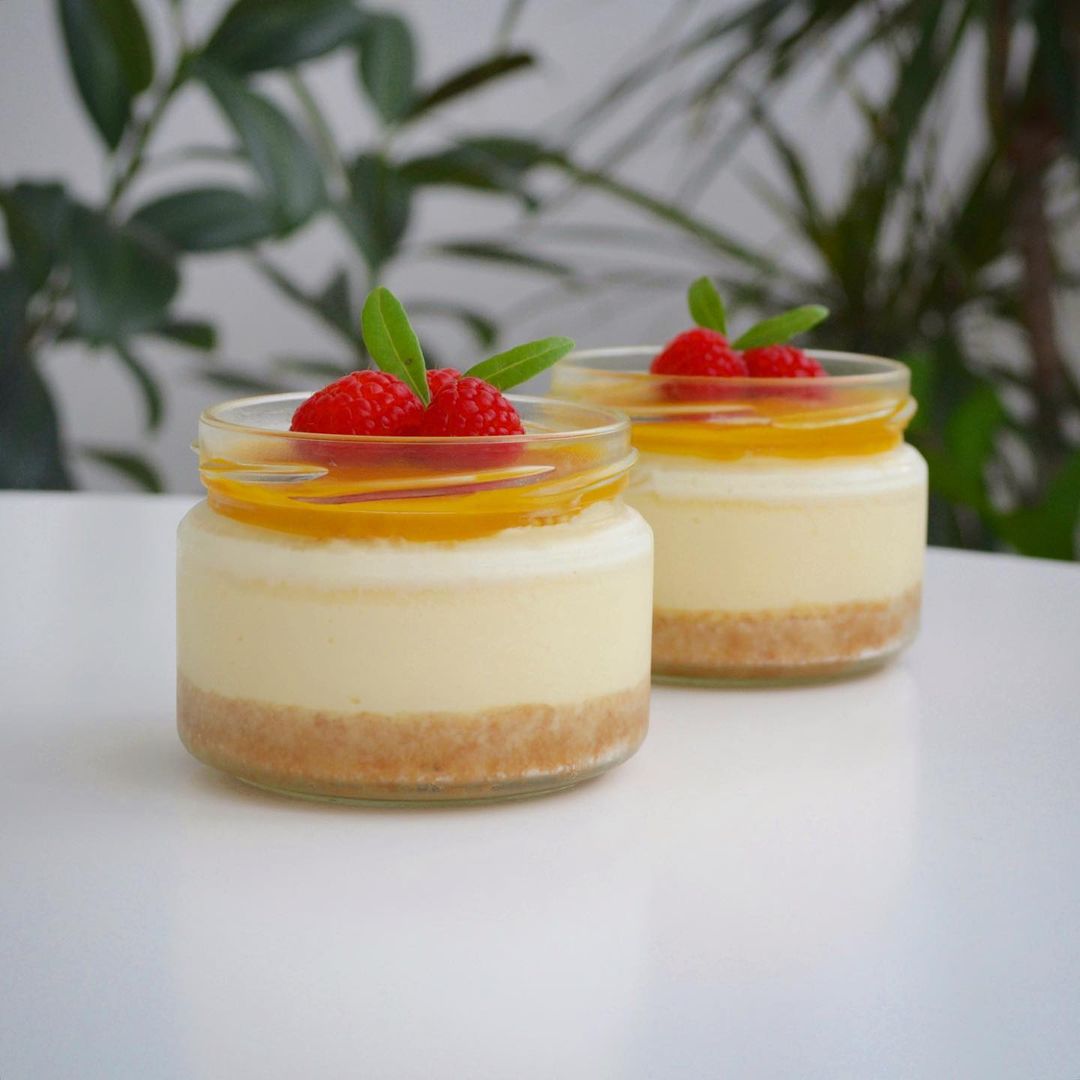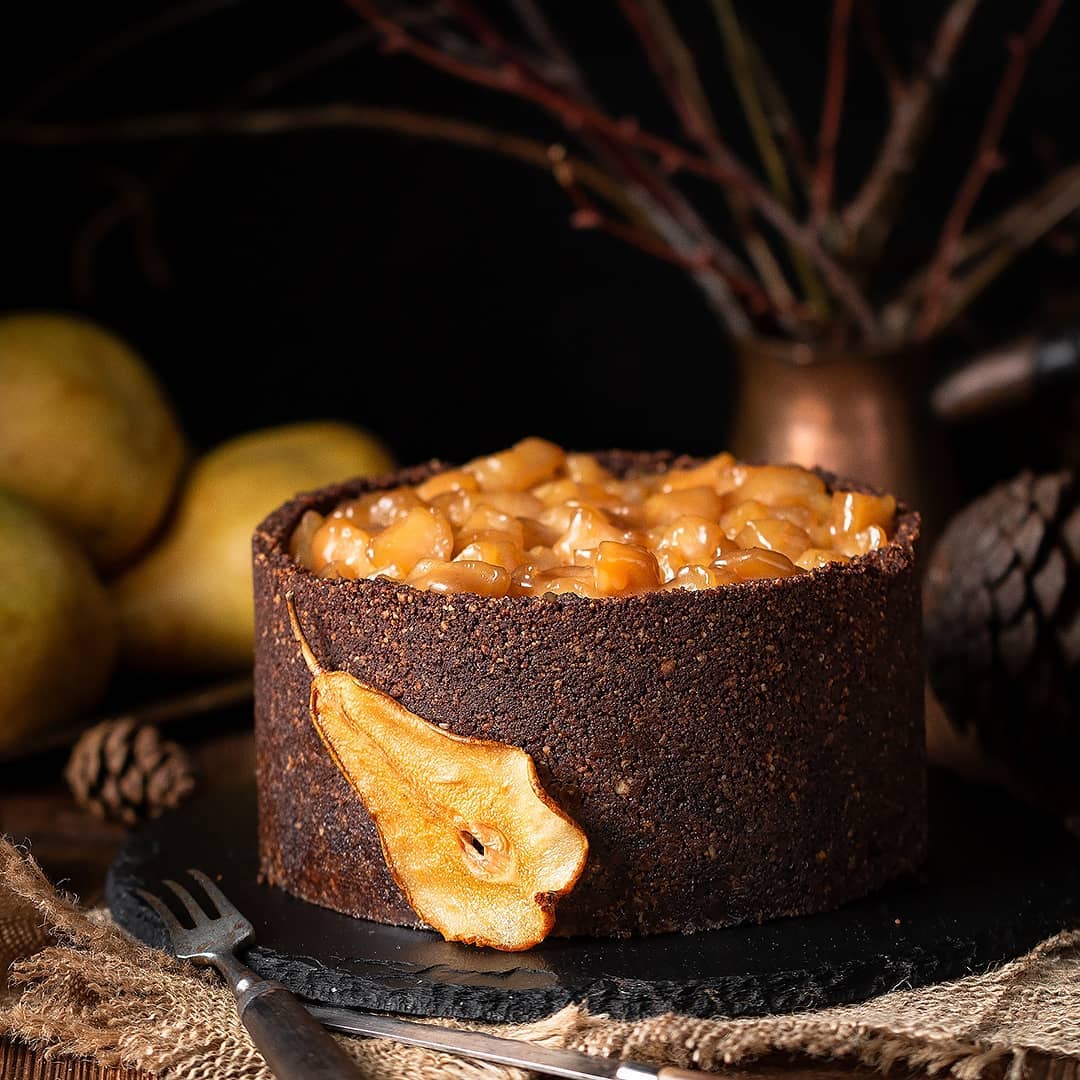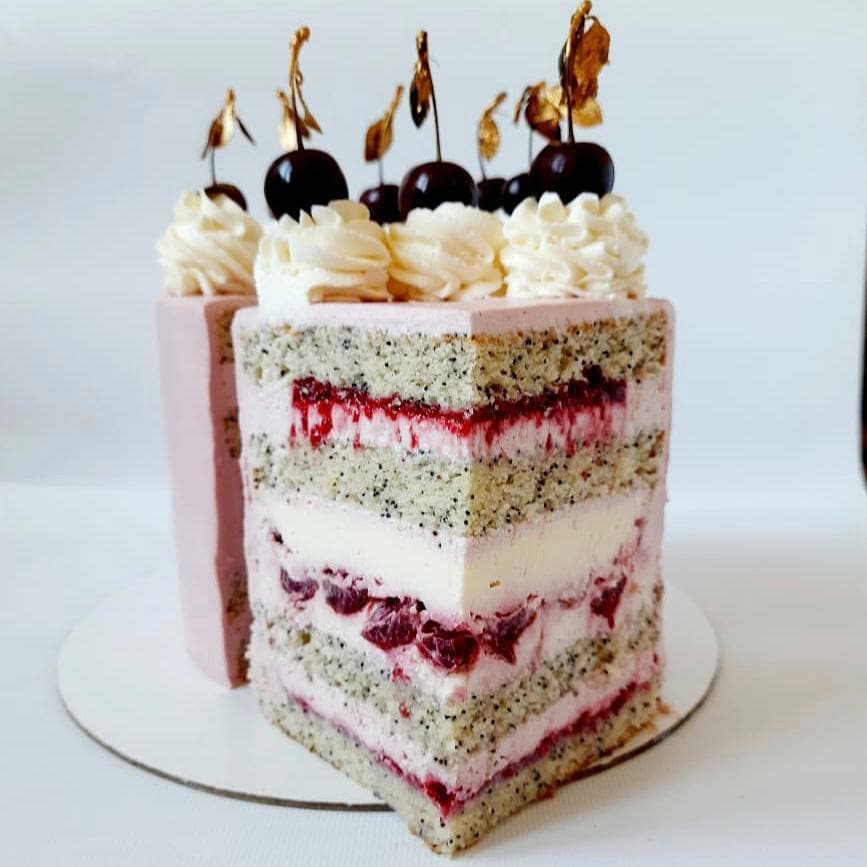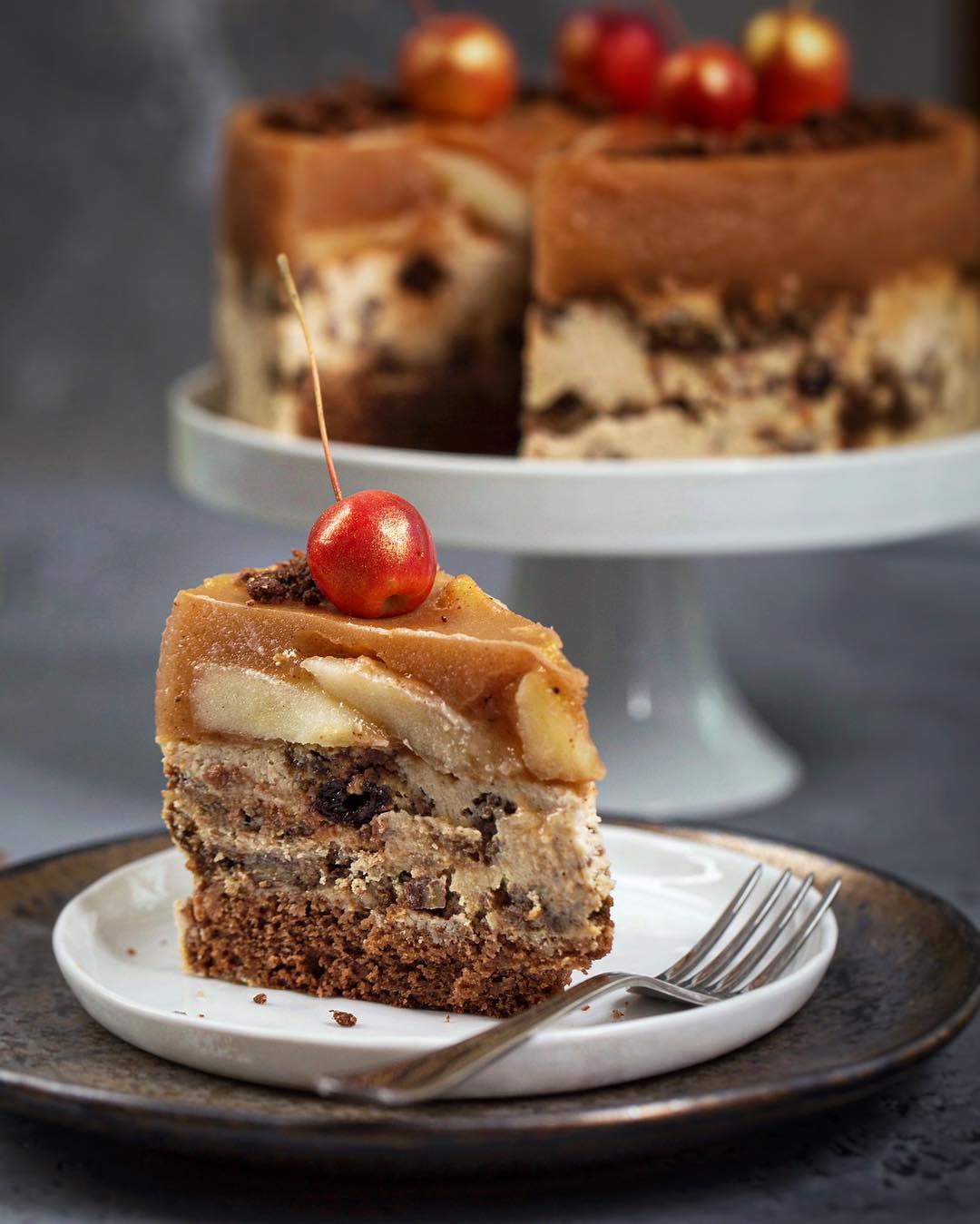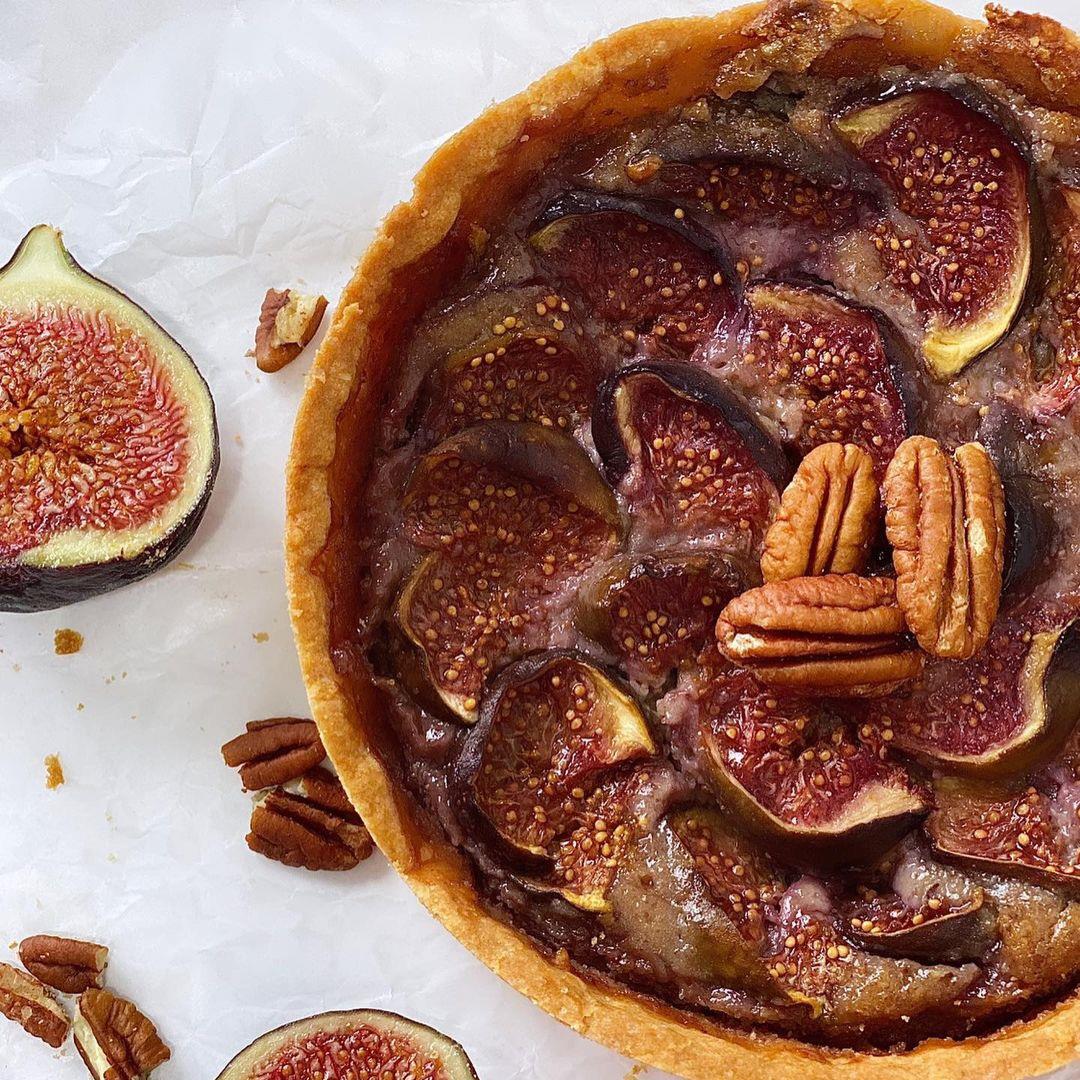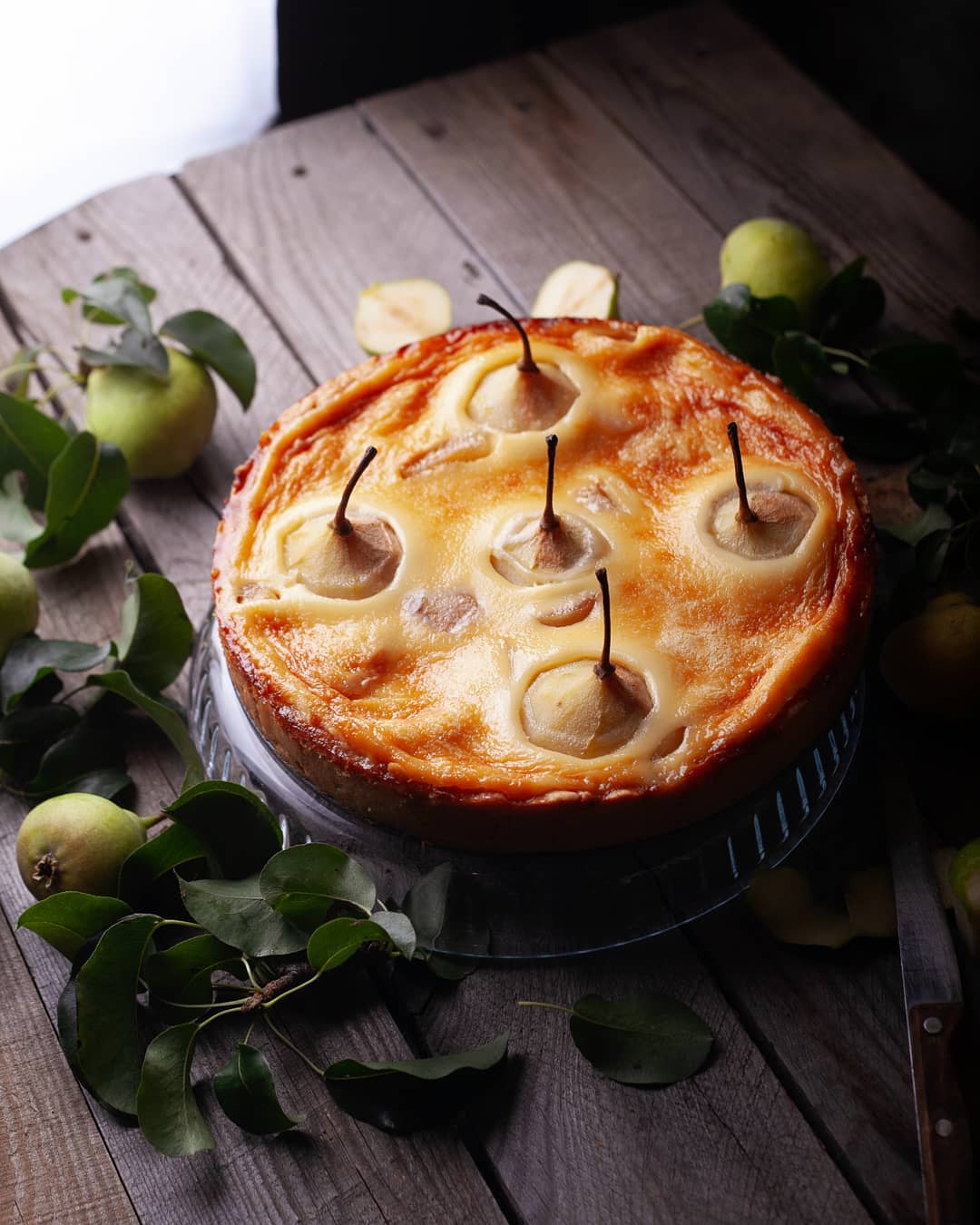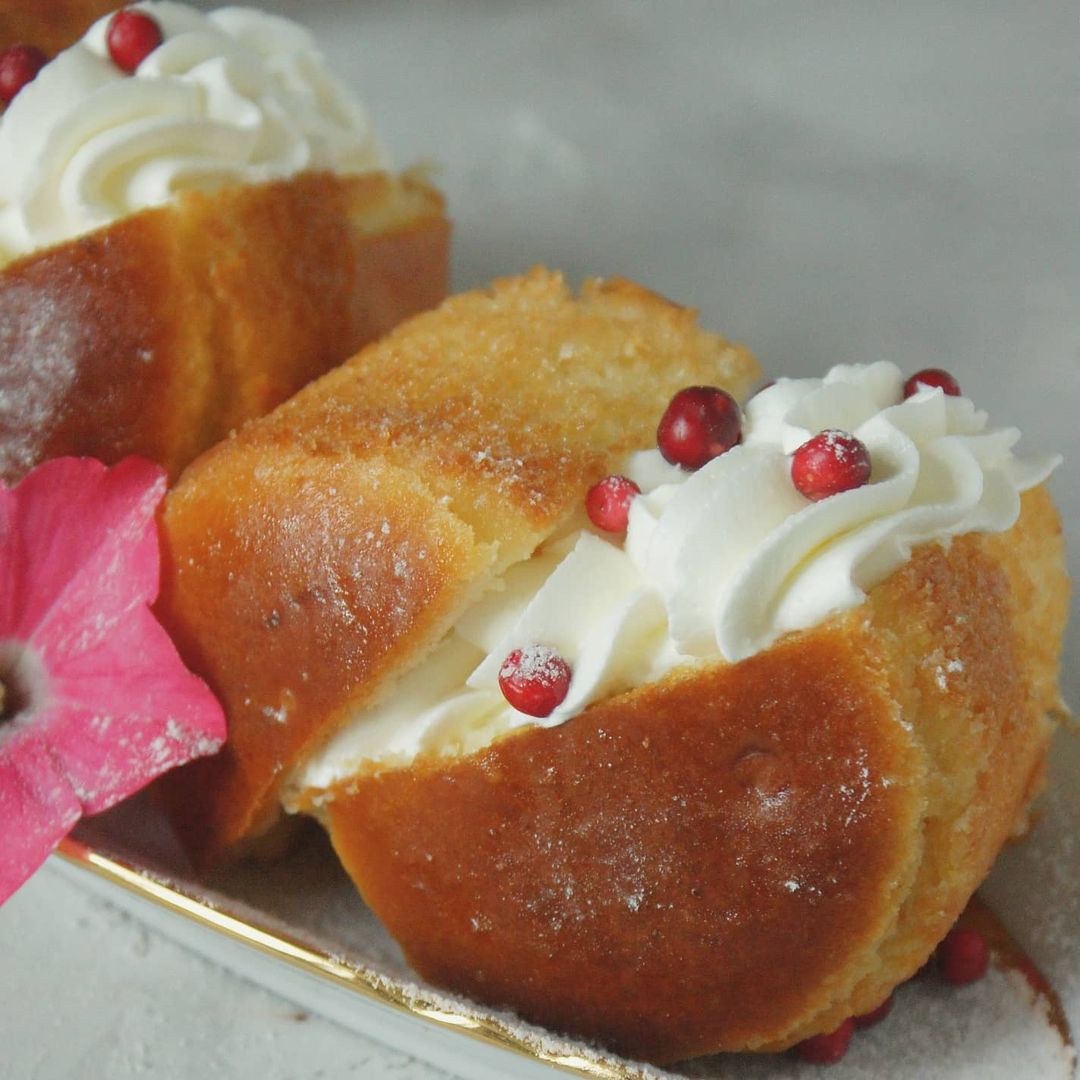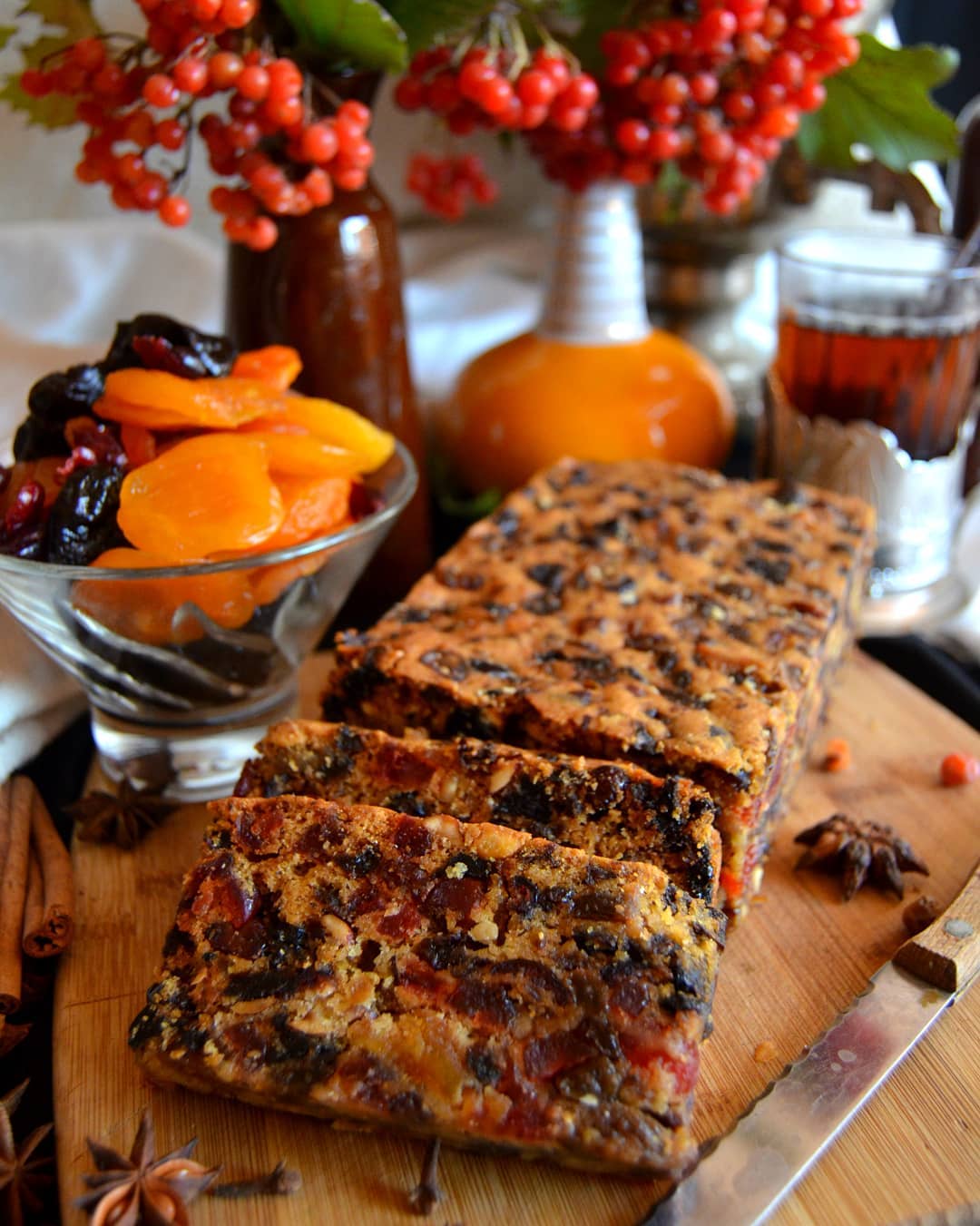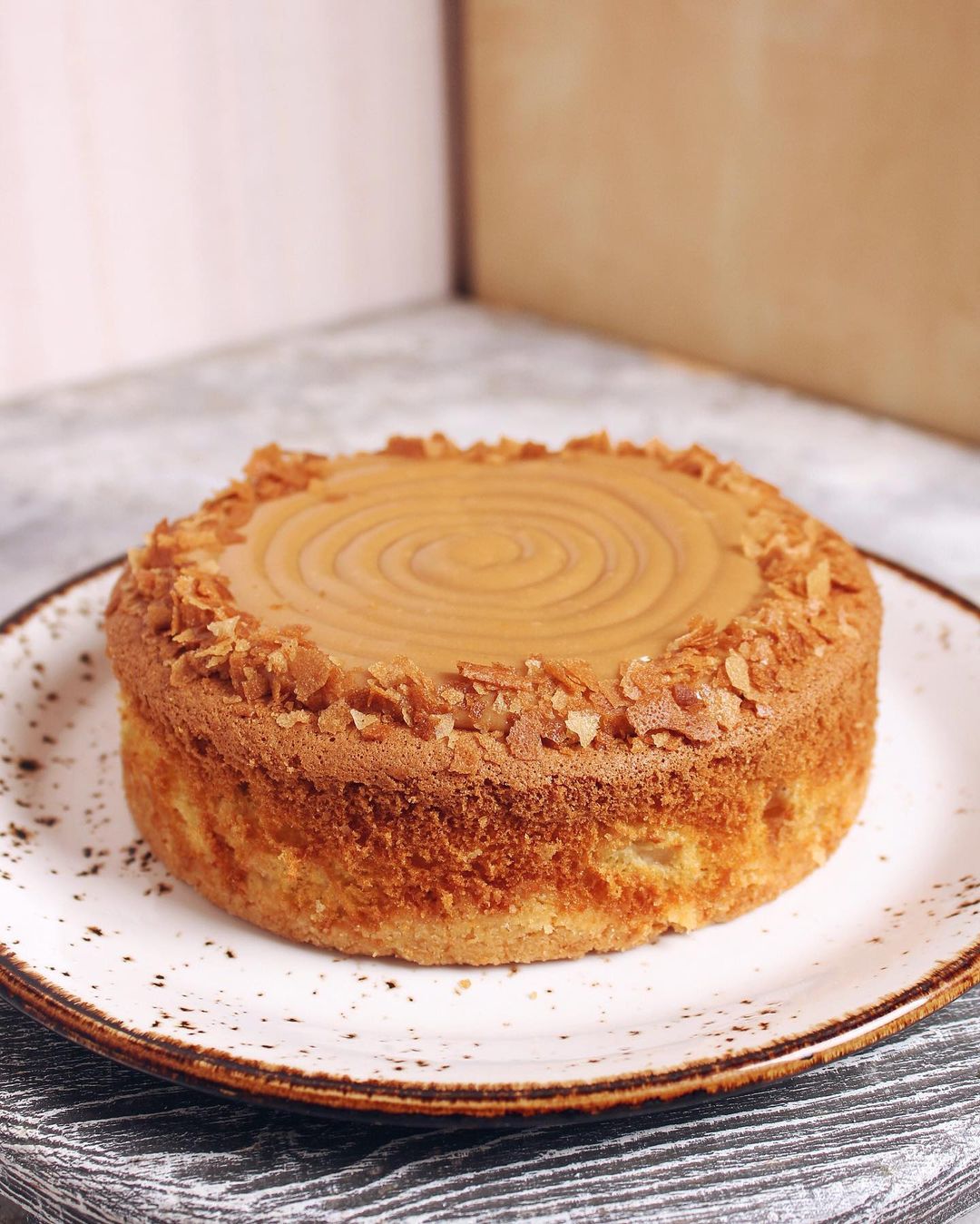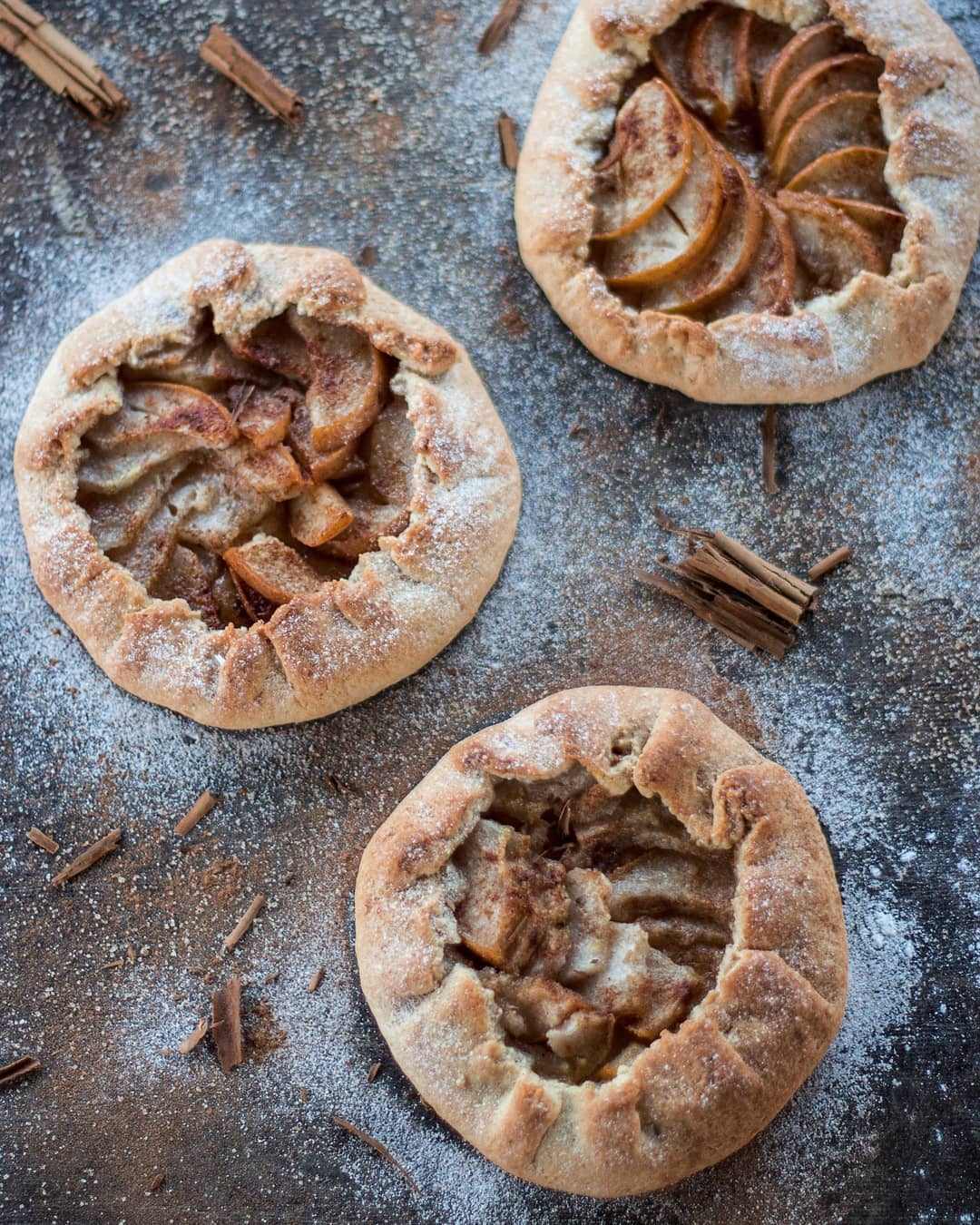Ingredients
Pastry
Filling
Additionally
Instructions
Step 1
Step 2
Step 3
Step 4
Step 5
Step 6
Step 7
Step 8
Step 9
Step 10
Step 11
Step 12
Step 13
Step 14
Step 15
Step 16
Step 17
Step 18
Step 19
Step 20
Step 21
Step 22
Servings
Equipment
Use a planetary mixer to keep your hands free or a hand mixer if that’s what you have!
A sifter ensures your flour mixes smoothly, creating a finer and more consistent dough.
A must for achieving that perfect thickness in your dough.
This little tool helps give your top crust that classic, rustic lattice look.
A 25*20 cm (9.84*7.87 inch) mold is perfect for this recipe.
Variations
Faq
- How do I make sure my dough isn’t too sticky?
Gradually add flour if your dough feels sticky. Knead until it reaches a smooth, elastic consistency.
- Can I make the dough without a mixer?
Absolutely, you can knead the dough by hand! It just takes a bit more time and elbow grease.
- How do I know when the pastry is done baking?
Look for a golden brown top and a slightly firm feel when you press gently on the lattice.
- What’s the best way to achieve a crisp crust?
Ensure your butter is soft but not melted when mixing the dough. This helps create those lovely, flaky layers.
- Can I prepare the filling in advance?
Yes, you can mix and store the filling in the refrigerator up to 24 hours in advance.
- How do I prevent the lattice from sinking into the filling?
Roll and cut the lattice thicker for a sturdier top. Make sure not to overfill the pastry mold with the filling.

